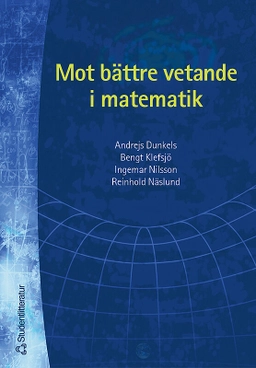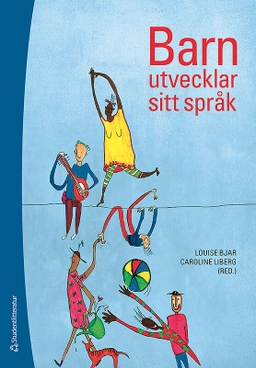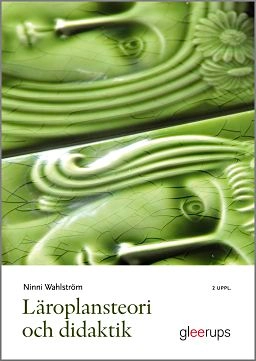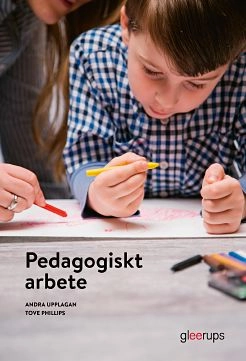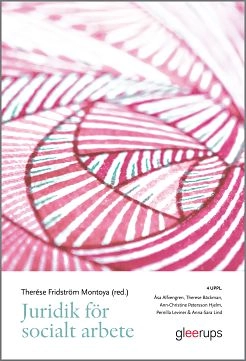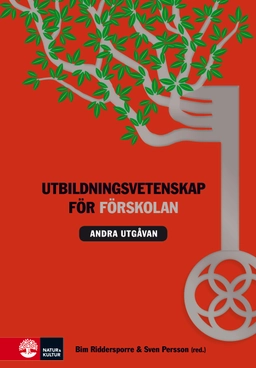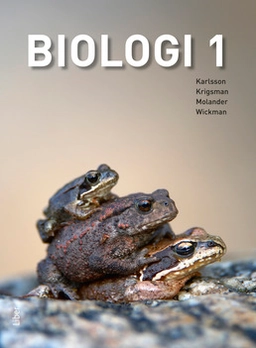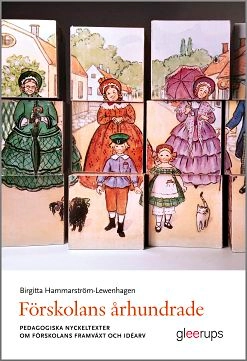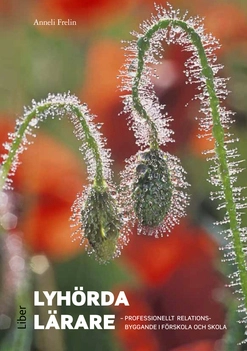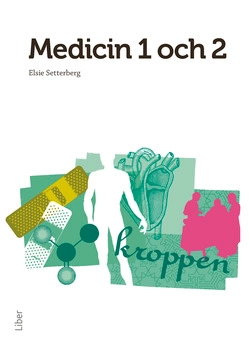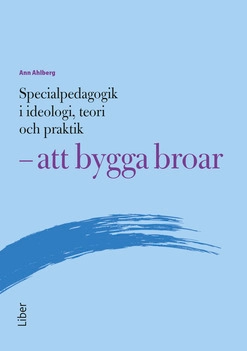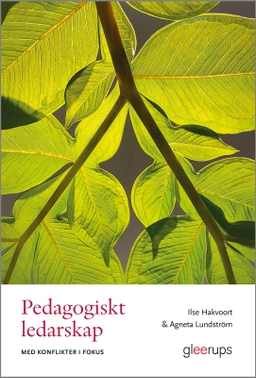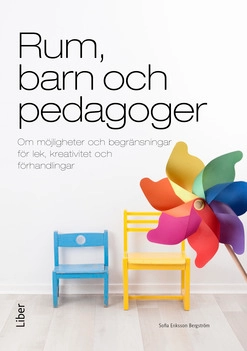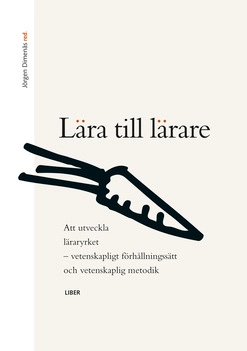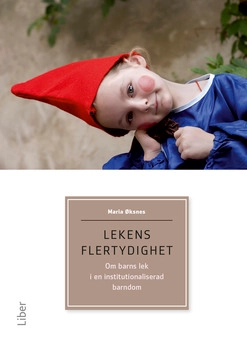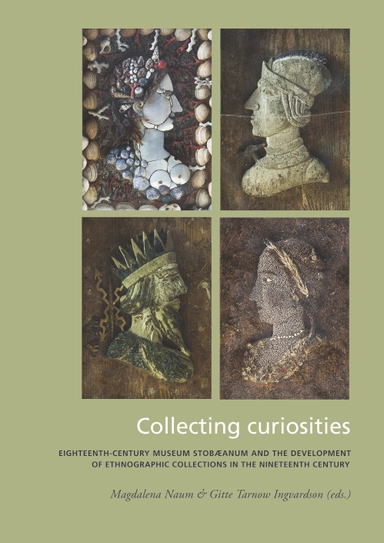

Collecting curiosities
- Utgiven: 2020
- ISBN: 9789172674257
- Sidor: 218 st
- Förlag: Lunds universitet, Media-Tryck
- Format: Häftad
- Språk: Engelska
Om boken
Åtkomstkoder och digitalt tilläggsmaterial garanteras inte med begagnade böcker
Mer om Collecting curiosities (2020)
I september 2020 släpptes boken Collecting curiosities skriven av Magdalena Naum, Gitte Tarnov Ingvardson, Andreas Manhag, Joachim Östlund, Line Bjerg, Ulf Johansson Dahre, Per Karsten, Anders Lindskog, Per Ahlberg, Mats E. Eriksson, Maria Mostadius, Ulf Arup, Christian Feest. Den är skriven på engelska och består av 218 sidor djupgående information om kulturhistoria. Förlaget bakom boken är Lunds universitet, Media-Tryck.
Köp boken Collecting curiosities på Studentapan och spara pengar.
Referera till Collecting curiosities
Harvard
Oxford
APA
Vancouver
